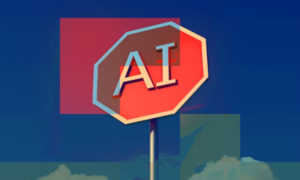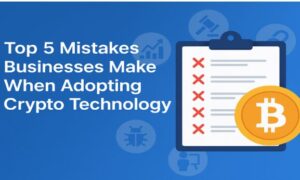In recent times the world of education is undergoing a major change, driven largely by rapid advances in technology. The intersection of education and technology isn’t merely a trend but a major change that could revolutionize the way we learn, teach and view the world of education. In everything from classrooms in traditional settings to learning on the internet, technology plays a crucial role in delivering more exciting flexible, inclusive, and efficient education experiences. In this blog we will look at the ways in which EdTech transforms classrooms and how the next generation of education will be online and the virtual learning environment and engage in a lively discussion regarding the potential implications as well as advantages of these developments.
The Evolution of Classrooms
Traditional classrooms, which is characterized by rows of chalkboards, desks and face-to-face instruction is changing thanks to technological advances. Whiteboards that are interactive, projections tablet computers are replacing the traditional teaching tools, providing new and interactive ways teachers can deliver their lessons. These tools not only help students learn more but also accommodate different styles of learning, making sure that every student has the chance to achieve.
Interactive Learning Tools
Interactive learning tools like tablets and smartboards allow teachers to present content in various formats, such as animations, videos, and interactive tests. These tools can improve students’ comprehension and retention of complicated topics by making education exciting and engaging. For instance, a science teacher could utilize a digital simulation to show the chemical reaction and allow students to witness the process in action, rather than simply studying it in the textbook.
Personalized Learning
One of the major advantages of technology in education is its ability to deliver customized learning experiences. The adaptive learning software evaluates students’ performance and adapts their lessons according to their requirements. This allows students to take their time learning at their personal speed taking more time with subjects they struggle with and quickly moving through subjects they are able to grasp. This approach is individualized to assure that no student is left out and that every student is able to bring off their potential to the fullest extent.
The Future of Online Education
The COVID-19 pandemic has led to the growth in online educational programs, highlighting its ability to give access to flexible, affordable, and top-quality learning opportunities. Online education platforms have grown to provide a variety of classes, ranging from elementary training to higher degrees and allow students to take classes from anywhere around the globe.
Accessibility and Flexibility
Online education offers unparalleled access and flexibility, allowing students to study in their own way and adequate to their own timetable. This is especially beneficial for adults who have family or work commitments. Online courses allow students are able to access their materials, participate in discussions and complete assignments in times that are suitable for them.
Diverse Learning Opportunities
The selection of courses available online is huge and covers everything from traditional educational subjects to vocational training and personal growth. This variety of options lets students explore their desires or job ambitions in ways that weren’t previously possible. In addition, online education typically allows interactions and collaboration with students from diverse cultural and geographic backgrounds, which can enhance students’ learning.
Challenges and Solutions
While online education can provide many advantages but it also has its own issues, like ensuring the student’s engagement as well as managing assessments. However, technological advances provide solutions to these issues. For example Learning management software (LMS) include features like gamification, that makes learning more enjoyable and exciting. Furthermore AI-powered tools are employed to monitor the progress of students and deliver feedback to help keep up-to-date standards in education.
Virtual Learning Environments
Virtual Learning Environments (VLEs) are the future of education technology. They make use of virtual realities (VR) and the augmented reality (AR) to create exciting educational experiences and learning environments that surpass what is possible in traditional classrooms as well as online.
Immersive Learning Experiences
VR as well as AR technologies are poised to change our learning experience by offering immersive experiences which make abstract concepts tangible and enjoyable. For instance, a history student could take an immersive tour of the city of Rome by exploring Rome’s architecture and history in person. In the same way, medical students could utilize VR simulations to test operations in a secure and controlled setting.
Collaboration and Social Interaction
VLEs can also benefit facilitate interaction between students, despite the fact that they reside in different regions of the globe. In a virtual classroom students are able to collaborate on projects, engage in discussions with other students, and communicate and interact with the teachers real-time. This kind of interaction helps to foster a sense belonging and support that is crucial to effective learning.
The Role of Educators
In this tidal wave of discussion about education and technology it’s important to recognize the role that educators are playing in changing. Teachers aren’t just being information providers; they’re becoming facilitators of learning, helping students along their educational journeys and helping them develop their critical reasoning and solving talent. Training and development for professionals on using EdTech tools is essential to assure that teachers are able to efficaciously incorporate these tools into their teaching methods.
Conclusion
The convergence of education and technology creates a new environment in which learning is more accessible, personal and enjoyable than ever. From interactive technology in traditional classrooms, to the flexibility of online education, and the immersive learning experiences provided through virtual learning environments, technology is changing education dramatically. While we continue to in the discussion concerning the future for education It is evident that the benefits of EdTech are immense, and that promise to benefit make learning more accessible and efficient for students from all backgrounds and ages. The issue now is making sure that these tools are used in a thoughtful and equitable manner to warrant that every student are able to benefit from this revolution in education.

































